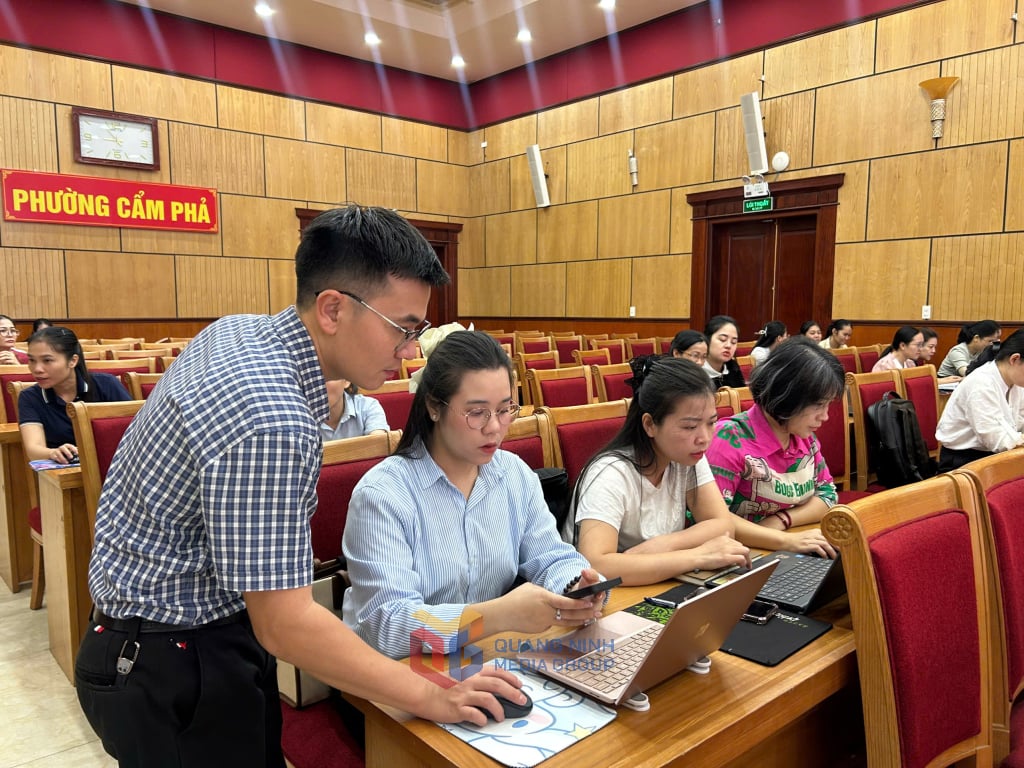
In order to accelerate the tasks and propaganda work on the 90-day campaign "enriching and cleaning land data", units and localities have been widely deployed. Accordingly, the whole province has organized over 8,100 propaganda sessions, with more than tens of thousands of people accessing information. However, the assessment report shows that the effectiveness of propaganda is not uniform, some localities are still formal, people do not understand the meaning deeply, leading to inactive coordination in providing information.
In the professional stage, the Provincial Land Registration Office has collected nearly 54,700 records from the branches of the Land Registration Office. By mid-October, the Provincial Land Registration Office had reviewed and classified all land plot data, with the result of nearly 2,900 plots belonging to group I (land database has been built and data is being used and is guaranteed to be correct, sufficient, clean, and alive); 25,107 plots belonging to group II (need to be supplemented and adjusted) and 26,711 plots belonging to group III (need to be newly built). This result shows that the progress target of this task is very slow, not meeting the set requirements (completed on October 30, 2025).
Regarding the collection of land user information, there are currently 251,805 records, equivalent to 56% of the total number of land plots in the province. Of these, 63,571 records have been entered into the standard form and 28,470 records have been transferred to the Provincial Police to check with the national population database.
In particular, the Department of Agriculture and Environment has completed 14 administrative procedures in the land sector that were proposed to reduce paper records and replace them with electronic data, creating an important step forward in reforming administrative procedures and digital transformation of the natural resources sector.
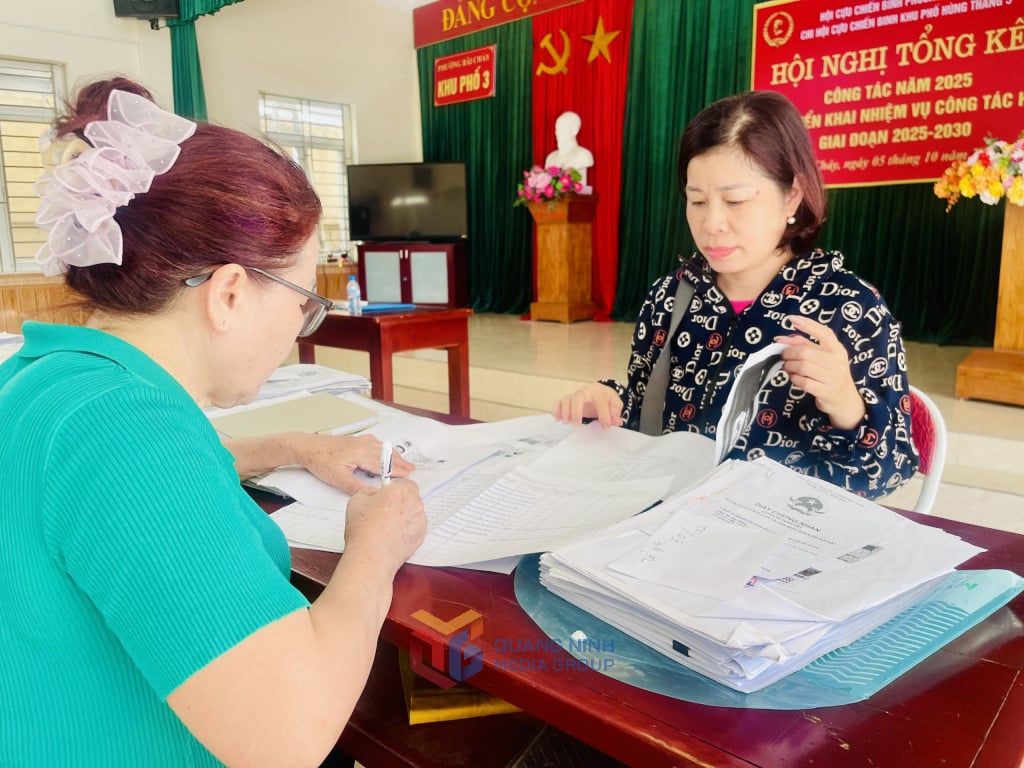
However, overall, the progress of synchronizing the database with the national system is still slow. The whole province has only digitized 83,665 records (16.7%) and entered data on 65,979 records (13.2%), while the completion deadline is set to be before November 15, 2025. Some important tasks such as reconciling population data and connecting the public administration and tax systems are still in the testing phase.
The causes identified include: Thin human resources, especially at the commune level, where most of the staff hold concurrent positions, and limited IT capacity. The majority of village and neighborhood chiefs are elderly, and their access to technology is slow, affecting the progress of data collection and entry. In addition, the technical infrastructure is not yet synchronized. Some branches of the Land Registration Office and communes and wards have weak workstations, slow data processing and transmission speeds; data cleaning is mainly manual due to the lack of tools to support batch processing. Coordination between sectors and units is not yet regular. Some branches and localities are slow in reporting and have not promptly reflected on difficulties. In addition, propaganda has not really gone into depth, leading to people's fear of providing information and related documents.
Mr. Nguyen Dang Bay, Party Secretary of Hung Thang 3 residential area (Bai Chay ward) shared: The residential area has over 810 households with 5 high-rise apartment buildings. The apartment buildings alone have over 2,000 apartments. Although we have deployed propaganda to social organizations and households, however, many households in other localities buy apartments for business purposes, so collecting data at the apartment buildings is very difficult. In addition, many plots of land have difficulty in determining the land boundaries, and many vacant plots have no identified owners.
Many officials in other villages and neighborhoods in the province also said that the data fields they have to collect are quite large, while the number of people who know how to use computers to enter data is not much. Therefore, most of them have to be entered manually on paper, then commune and ward officials receive and re-enter the data on the computer, resulting in wasting a lot of time.
Faced with the above reality, the Provincial People's Committee requires units to focus highly, ensuring the completion of the entire Campaign before November 30, 2025. In which, the Department of Agriculture and Environment plays the leading role, taking full responsibility for the progress and quality of data; the Provincial Land Registration Office and its affiliated branches accelerate the work of cleaning, standardizing data and building a database for land plots without information. The Provincial Police preside over the verification and authentication of land user data with the National Population Database, and at the same time assess the safety and security of information during the connection process between the VNPT -FPT - Tax systems, ensuring smooth operation.
The Department of Science and Technology will coordinate with technology enterprises to complete technical plans and data synchronization processes before October 30, 2025; the Provincial Public Administration Service Center will continue to review and restructure land administrative procedures, reduce paper records, and move towards using completely electronic data.
The provincial working group also recommended allowing localities to hire short-term staff, supplement equipment such as scanners and storage drives; and promptly approve the official trial connection mechanism between data systems to shorten the operating time. At the same time, there should be a timely reward mechanism for collectives and individuals with outstanding results, encouraging competition between localities.
Source: https://baoquangninh.vn/chien-dich-lam-giau-lam-sach-co-so-du-lieu-quoc-gia-ve-dat-dai-can-khan-truong-quyet-liet-hon-3381520.html



![[Photo] The captivating scenery of the fragrant maple forest in Quang Tri](/_next/image?url=https%3A%2F%2Fvphoto.vietnam.vn%2Fthumb%2F1200x675%2Fvietnam%2Fresource%2FIMAGE%2F2025%2F12%2F10%2F1765353233198_lan09046-jpg.webp&w=3840&q=75)
![[Photo] Explore the US Navy's USS Robert Smalls warship](/_next/image?url=https%3A%2F%2Fvphoto.vietnam.vn%2Fthumb%2F1200x675%2Fvietnam%2Fresource%2FIMAGE%2F2025%2F12%2F10%2F1765341533272_11212121-8303-jpg.webp&w=3840&q=75)














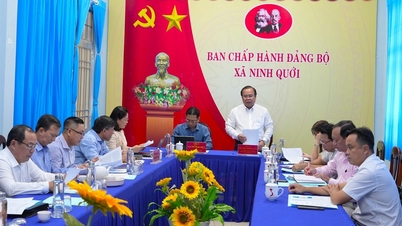

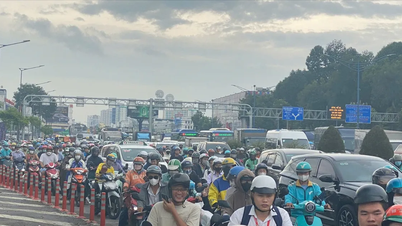

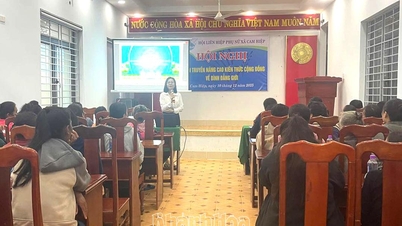

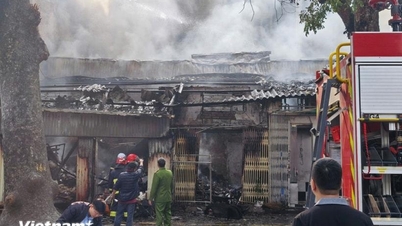
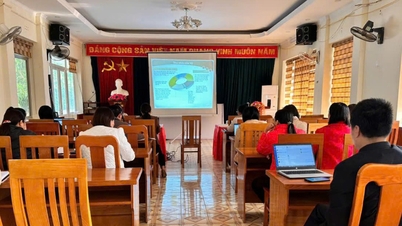










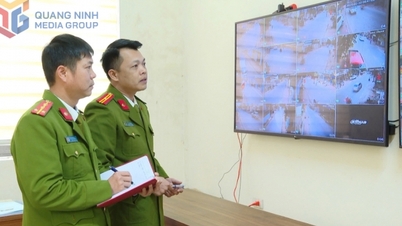






![[Video] The craft of making Dong Ho folk paintings has been inscribed by UNESCO on the List of Crafts in Need of Urgent Safeguarding.](https://vphoto.vietnam.vn/thumb/402x226/vietnam/resource/IMAGE/2025/12/10/1765350246533_tranh-dong-ho-734-jpg.webp)

















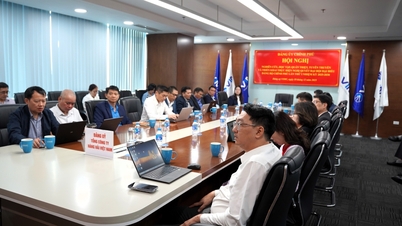


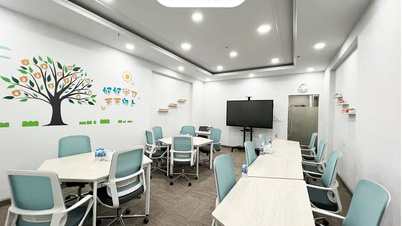
























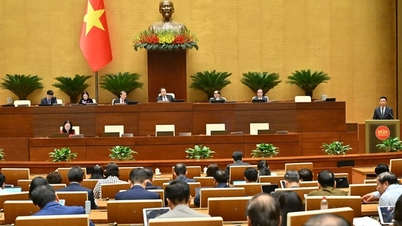

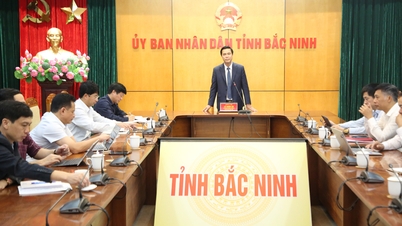

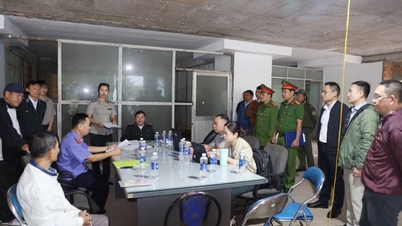


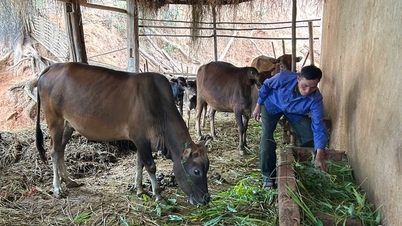




















Comment (0)